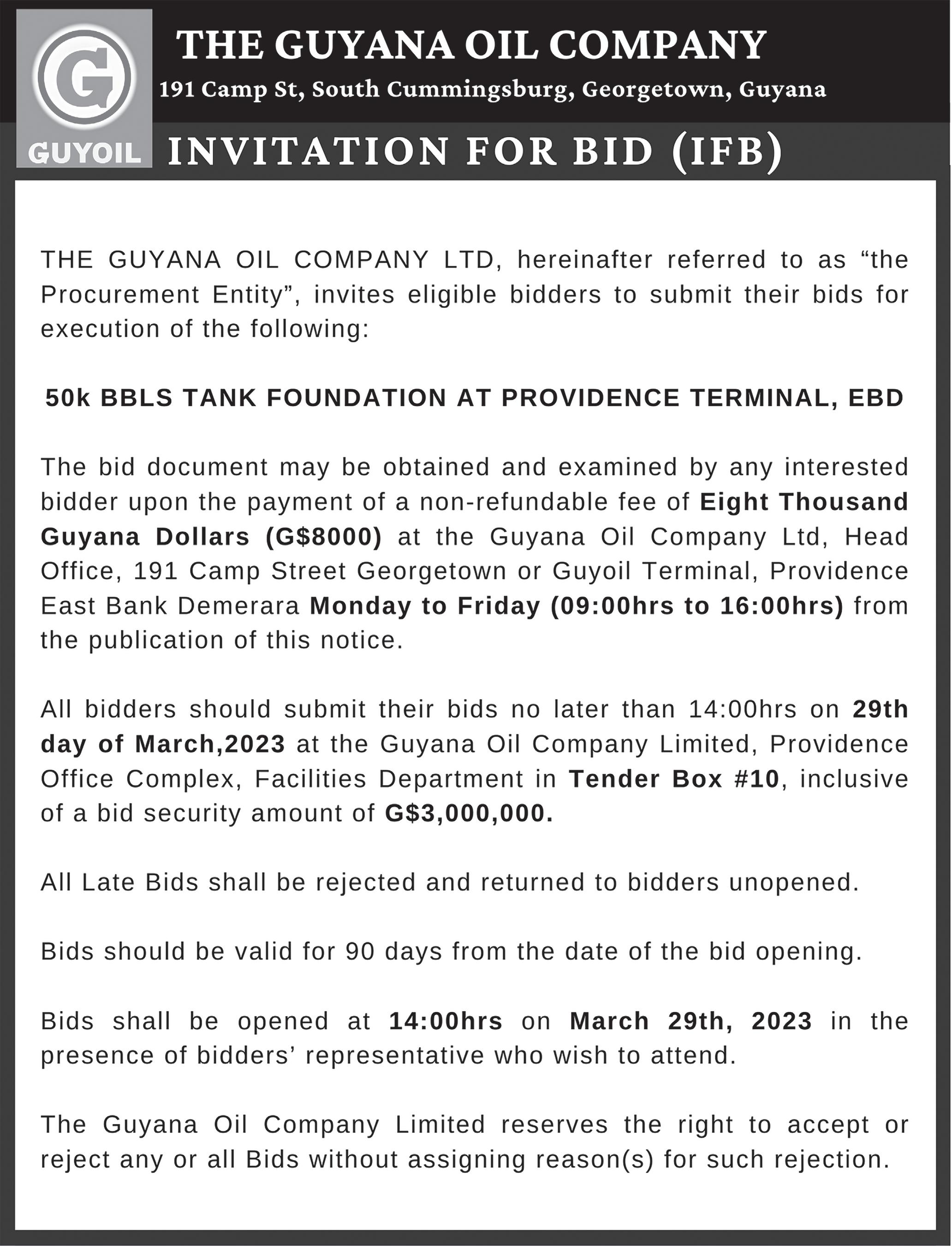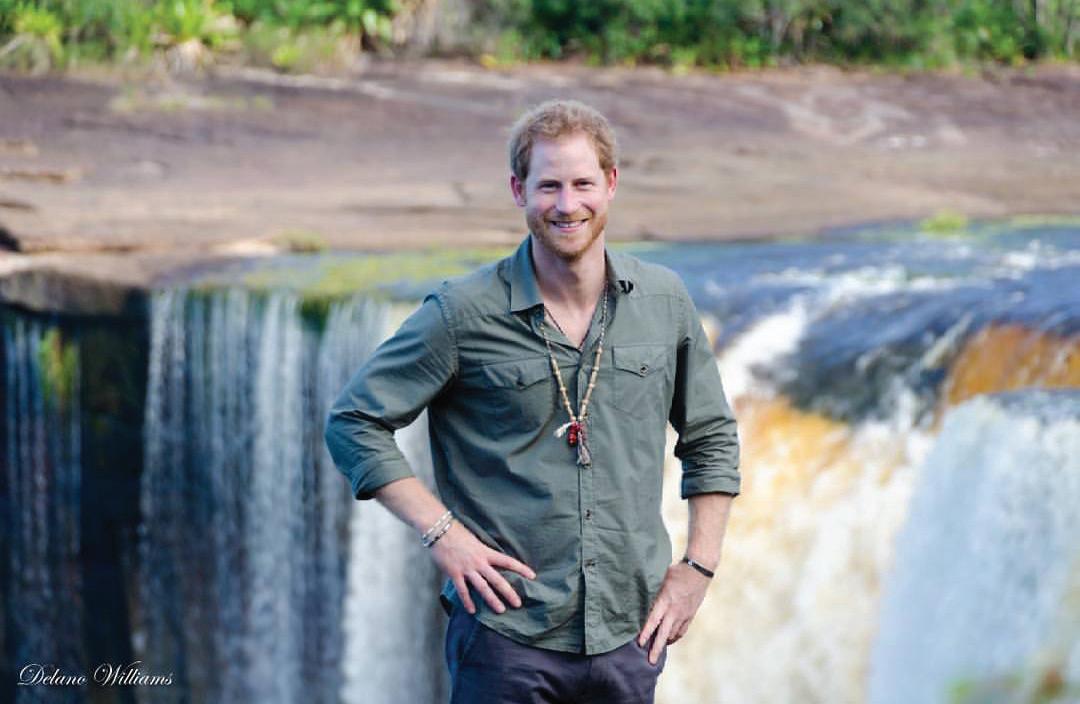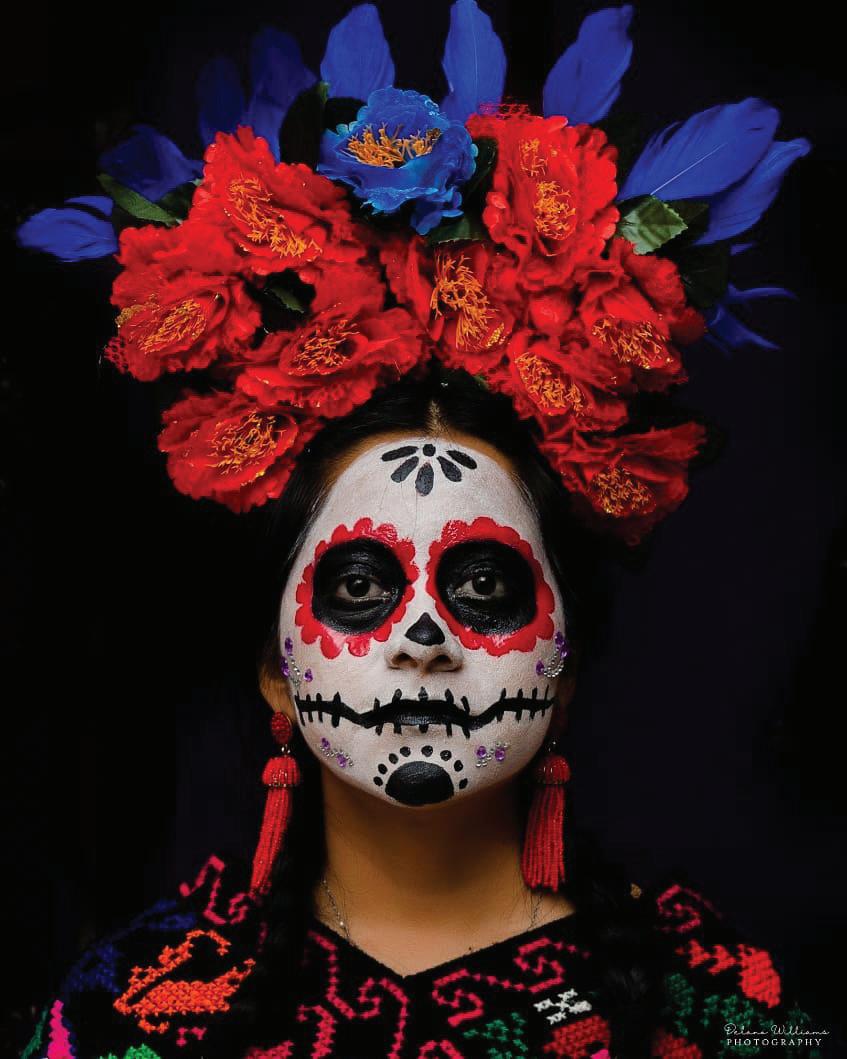
2 minute read
25 years ‘ in ...
photographer for the Guyana Chronicle by the Chief Photographer at the time, Winston Oudkerk, he took a leap of faith to embrace the opportunity and joined the Guyana National Newspapers Limited (GNNL).
“I started as a news photographer the same year, but this genre of photography was new to me,” shared Williams before revealing: “With guidance from senior news photographers, I quickly learnt the style of photography.”
Advertisement
For Williams, news photography is essential in providing images to complement written news articles. It is integral in helping people understand the context of articles and feel different emotions. He also pointed out that the primary purpose of news photographs in journalism is to reflect reality accurately in a moment of time and to always tell a truthful story in each frame.
“There is no messing up in news photography, the work has to be precise and sure, or the moment is lost,” Williams said, while further highlighting that there is a rule in news photography that photographs should never be manipulated to distort visual authenticity of the original message.
In his view, to take a compelling news photograph or any photograph on a professional camera also means getting the right equipment and understanding three basic camera settings – ISO, Shutter Speed and Aperture. “ISO controls how bright or how dark is an image, […] Shutter Speed is the part that controls how long the shutter is open and exposed to light to freeze or capture movement, while Aperture or F-stop is responsible for the amount of light let into the camera and it controls the depth of field or the distance behind the subject to the background,” he explained. According to Williams, these functions work in conjunction with each other and once mastered, they can assist a photographer in producing great results.
Over the years, Williams has had a long list of remarkable and unforgettable shooting experiences on news assignments. From photographing high-profile government and political events to breathtaking aerial sceneries and capturing protests and riots to chronicling the daily lives of Guyanese, working in the media has allowed Williams to create an impactful legacy in the genre, since his work has been featured in a variety of local, regional and international publications.
Believing that photographic abilities must be consistently refined through training and practice, Williams went on to attend several photography programmes at the Kuru Kuru Co-operative College, Durban Backlands (Georgetown). He also completed photography training workshops in Trinidad and Tobago that allowed him to learn more about different photography.
Continuing his photographic journey, Williams decided to leave in 2007 to open his personal photo studio called ‘Xclusive’. However, he closed the studio in 2015 and he returned to GNNL to continue working as a news photographer.

By this time, the digital era had begun transforming photography in the media. Williams found himself having to adapt, starting with purchasing a Nikon Full-frame Digital Single-Lens Reflex (DSLR) camera. Gone were the days he had to wait to see his images until the rolls of film were developed and printed in a darkroom at GNNL. With a DSLR camera, he reviewed his work in real-time on the camera’s monitor and made any adjustments quickly. Additionally, he disclosed that the Internet, social media platforms and the deluge of digital technologies has made the process of capturing, editing and sharing photographs efficient.

“Working in the media taught me a lot and I am happy and grateful,” he noted.
Furthermore, Williams has copped numerous awards and achievements in recognition of his work. He received a








